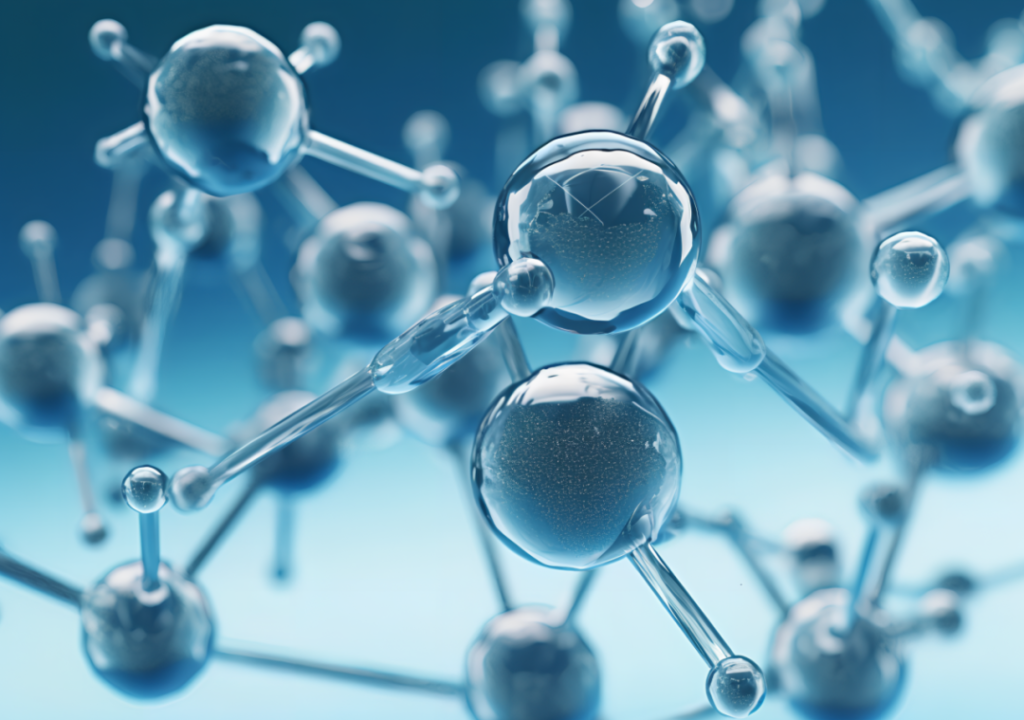The dispersant has two functions: one is to speed up the depolymerization of “agglomerates” and shorten the dispersion time; the other is to delay the time for particles to reunite again and keep the particles in a dispersed state for a long time. Most dispersants achieve the purpose of dispersing fillers through the processes of wetting, grinding and dispersing, coupling and encapsulation stabilization. The specific process is introduced below in three parts:
A. Dispersants act on the solid particle dispersion process
- In the wetting process of solid particles, the dispersant is adsorbed on the surface of the solid particles, reducing the surface tension between solid and liquid, making the surface of the condensed solid particles easy to wet.
- Dispersion or rupture of particle clusters. The dispersant acts on the particle clusters through static electricity, van der Waals force or hydrogen bonding force, causing the particle clusters to penetrate water to generate osmotic pressure, reducing the adhesion between particle clusters and the risk of rupture. Mechanics are required, so that the dispersant gradually plays a role in dispersing the particle clusters.
- Prevent the re-aggregation of solid particles and form a bilayer structure on the surface of solid particles. The polar end of the outer dispersant has a strong affinity with water, which increases the degree to which solid particles are wetted by water. The electrostatic repulsion between solid particles And stay away.
B. The dispersion and stabilization effect of surfactants in aqueous media
- For the dispersion of non-polar solid particles, after surfactant is added to the suspension, the surfactant can reduce the surface tension of water, and the hydrophobic bond of the surfactant can be adsorbed on the surface of non-polar solid particles through van der Waals force. , the hydrophilic group extends into the water to increase the hydrophilicity of its surface. Improve the wettability of non-polar solid particles
- Dispersion and stabilization of charged particles: The surface of ionic surfactant particles has the same charge. When the charge of the ionic surfactant is the same as the surface of the particles, the ionic surfactant is not easily dispersed due to electrostatic repulsion. It is adsorbed on the surface of charged particles. However, if the van der Waals force between the ionic surfactant and the particle is strong and can overcome the electrostatic repulsion, the ionic surfactant can be adsorbed on the surface of the particle through characteristic adsorption. At this time, the surface of the particle will be The absolute value of the zeta potential increases, making the charged particles more stable in water.
Ionic surfactants and particle surfaces have opposite charges. If the ionic surfactant used has opposite charges to the particle surface, when the surfactant concentration is low, the particle surface charges will be neutralized, eliminating the electrostatic repulsion. , flocculation may occur; but when the surfactant concentration is high, after the second layer of surfactant ions is adsorbed on the electrically neutralized particles, the solid particles become charged again, and the electrostatic repulsion causes the solid particles to become charged again. The solid particles are redispersed.
C. The dispersion and stabilizing effect of surfactants in organic media
The dispersion of particles in organic media is mainly achieved by entropic repulsion generated by steric hindrance. For non-polar particles, they can be stably dispersed in organic media by overcoming the van der Waals force between particles. Surface treatment of organic pigments can be achieved in the following ways:
- Surface treatment of organic pigments using organic amines
- Surface treatment of organic pigments using pigment derivatives.

